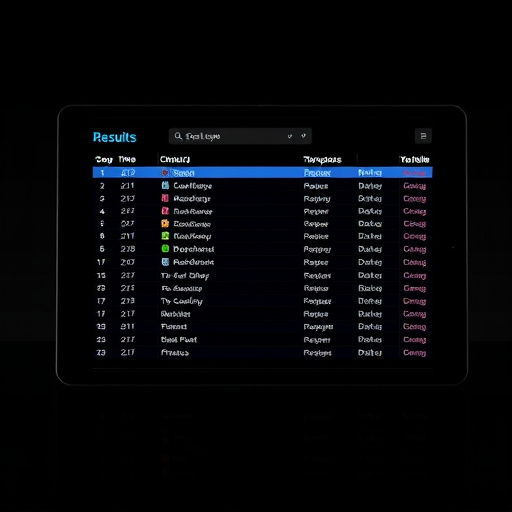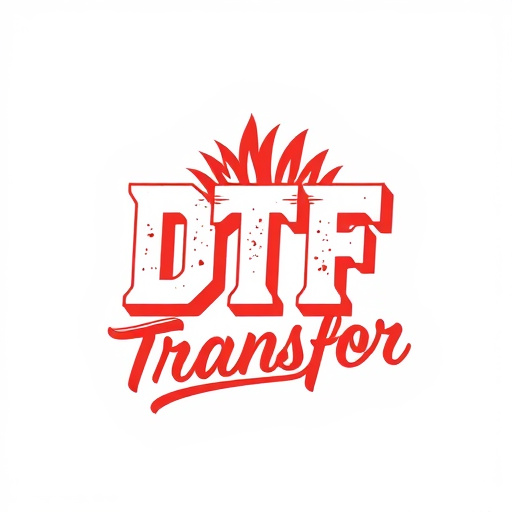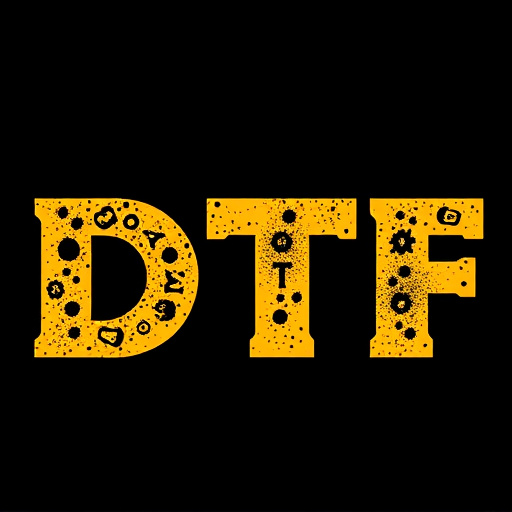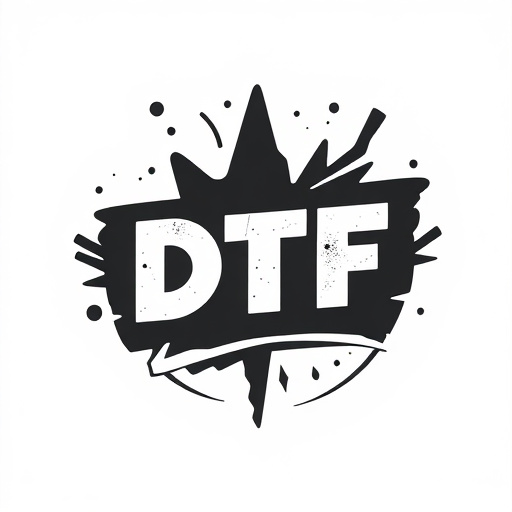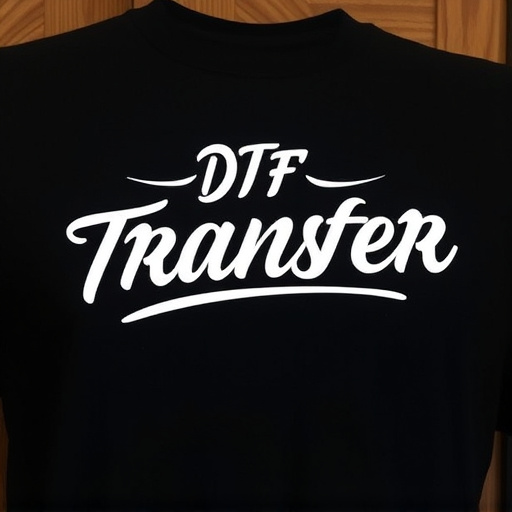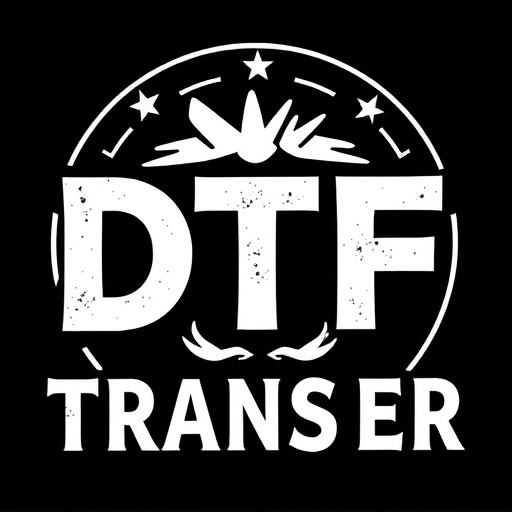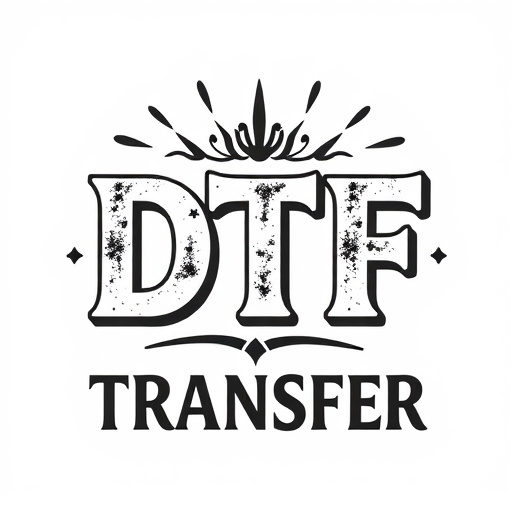Direct-to-Film (DTF) transfer technology revolutionizes printing with faster, efficient, and high-quality processes. Online ordering streamlines the process for businesses and individuals, offering convenience, customization options, and consistent quality. When choosing a DTF Transfer, consider material type, printing technique compatibility, and desired aesthetic. The future of DTF transfers looks bright with technological advancements like nano-ink and 3D printing, along with enhanced digital platforms for easier order management.
The rise of Internet-based services has revolutionized the way we access and order printed products. One such game-changer is direct-to-film (DTF) transfer technology, offering a dynamic alternative to traditional printing methods. This article explores the benefits of online DTF transfer services, from their ease of use to the versatile applications they cater to. We’ll guide you through understanding DTF printing, placing orders, and selecting suitable products for your needs.
- Understanding Direct-to-Film (DTF) Transfer: A Revolution in Printing
- The Benefits of Online DTF Transfer Services
- How to Order DTF Prints: A Step-by-Step Guide
- Choosing the Right DTF Transfer Products for Your Needs
- Quality Assurance and Material Considerations in DTF Printing
- Future Trends: Expanding Horizons for DTF Transfer Services
Understanding Direct-to-Film (DTF) Transfer: A Revolution in Printing

Direct-to-Film (DTF) transfer is a cutting-edge technology that has revolutionized printing, offering unprecedented efficiency and quality in the production of prints. Unlike traditional methods that often involve multiple steps and materials, DTF transfers allow for direct application of ink to film, eliminating the need for intermediate layers. This streamlined process significantly reduces production time and cost, making it an attractive option for businesses seeking fast turnaround times and high-quality outputs.
DTF printing leverages advanced inkjet technology to create intricate designs with remarkable detail and color accuracy. The process starts with preparing the film, typically a transparent substrate, which is then coated with a layer of ink-receptive material. Digital data is used to precisely deposit inks onto this coating, forming the desired image. Once cured, the film can be used for various applications such as packaging, signage, and promotional materials. This innovative approach not only ensures consistent quality but also opens up new creative possibilities, allowing for unique and vibrant DTF prints.
The Benefits of Online DTF Transfer Services
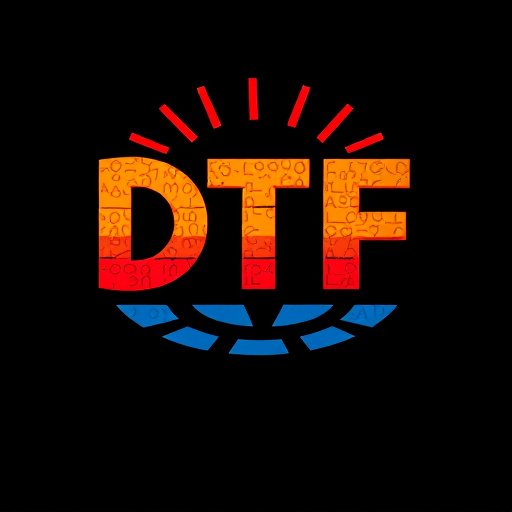
Ordering direct-to-film (DTF) transfers online has revolutionized the way businesses and individuals access this specialized printing service. This modern approach offers numerous advantages over traditional methods, making DTF transfer services increasingly popular. One of the key benefits is convenience; customers can place orders from the comfort of their homes or offices, eliminating the need for in-person visits to print shops. Online platforms provide a user-friendly interface, allowing users to upload designs, customize specifications, and track their orders easily. This streamlines the process, saving time and effort.
Moreover, digital ordering enables businesses to scale their operations efficiently. With just a few clicks, companies can manage bulk orders, ensuring consistent quality and timely delivery. Online DTF transfer services also offer a wide range of customization options, from choosing various film types to specifying exact cut-out shapes. This level of control empowers customers to create unique prints tailored to their specific needs, whether for promotional materials, custom apparel, or artistic projects.
How to Order DTF Prints: A Step-by-Step Guide

Ordering direct-to-film (DTF) prints is a straightforward process when using an online service dedicated to this specialized printing method. Here’s a step-by-step guide on how to get your DTF transfers done efficiently:
1. Choose Your Design: Start by selecting the image or design you wish to print onto film. Ensure it’s high-resolution and suitable for the intended use, whether it’s for clothing, signage, or other materials. Many online services offer a user-friendly interface where you can upload your artwork, making it easy to get started.
2. Select Your Product: DTF services provide various products, such as t-shirts, totes, mugs, and more. Choose the item you want to print on from the available options. Each product has specific printing guidelines and limitations regarding design size, resolution, and color mode (like CMYK or RGB). These details are usually provided by the service to ensure optimal results.
3. Customize and Review: Personalize your design with text, logos, or other elements. Some platforms allow for real-time previews, letting you see how your design will look on the final product. Double-check all details, including colors, positioning, and any special effects, before placing your order to avoid unnecessary changes later.
4. Place Your Order: After finalizing your design, proceed to the checkout process. Here, you’ll review your order summary, including product choices, customization options, and pricing. Make sure everything is correct, then provide your shipping details and payment information to complete the transaction.
Choosing the Right DTF Transfer Products for Your Needs
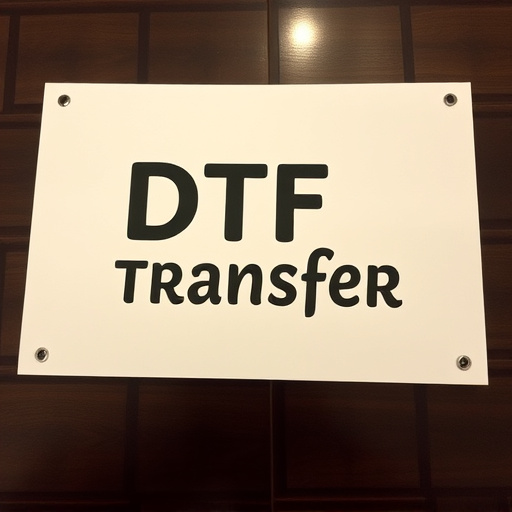
When selecting DTF (Direct-to-Film) transfer products, it’s crucial to align your choices with your specific needs. Consider factors like the type of fabric – cotton, polyester, or a blend – as each material absorbs ink differently, affecting print quality and durability. Different DTF transfers cater to various printing techniques, from heat press to roll-on applications, so pick one suited for your equipment and skills.
Additionally, think about the desired outcome. Are you aiming for vibrant, long-lasting colors or a softer, vintage look? Some DTF transfers offer higher opacity, blocking out underlying fabric patterns, while others allow for more subtle effects. Moreover, examine the print coverage area – full body, sleeves, or strategic locations – to ensure the product meets your design vision.
Quality Assurance and Material Considerations in DTF Printing

When it comes to DTF (Direct-to-Film) Transfer products, quality assurance is paramount. The process involves intricate DTF Printing techniques that demand precision and attention to detail. Professional services ensure meticulous checks at every stage of production, from ink and film selection to printing and cutting, to guarantee the final DTF Prints meet high standards. This rigorous approach ensures vibrant colors, sharp details, and accurate representations of the original design across various materials.
Material considerations are another critical aspect. DTF Transfer products cater to diverse applications, from clothing to signage and decor. Different fabrics, plastics, and other surfaces require specific settings and inks for optimal results. Services specializing in DTF Printing offer tailored solutions, selecting appropriate materials and printing techniques to ensure durability, longevity, and aesthetic appeal for each unique DTF Transfer project.
Future Trends: Expanding Horizons for DTF Transfer Services
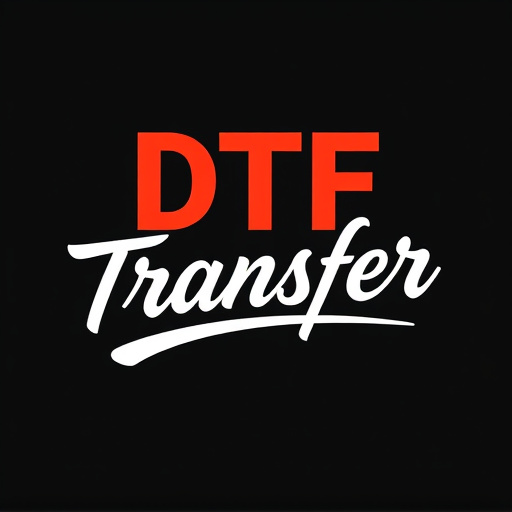
As technology continues to evolve, Direct-to-Film (DTF) transfer services are expected to see a significant transformation in the coming years. One of the primary future trends is the integration of advanced printing technologies, such as nano-ink printing and 3D printing, which can further enhance the quality and diversity of DTF prints. These innovations will enable the creation of more intricate designs, wider color gamuts, and even customizable textures, appealing to a broader range of customers across various industries.
Additionally, the rise of e-commerce and remote work is driving the demand for seamless online ordering systems. Internet-based platforms that streamline the process of placing DTF transfer orders are becoming increasingly popular. Customers can now browse through an extensive catalog of products, customize their designs with ease, and have their orders delivered directly to their doorstep. This shift towards digital customization and delivery is poised to revolutionize the DTF transfer industry, making it more accessible and efficient for both businesses and individuals.






